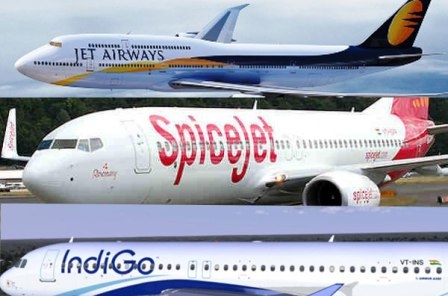International aircraft leasing company Avolon recently issued a white paper titled ‘India, a 21st Century Powerhouse’, which provides an in-depth analysis of India’s air travel market. The company forecast that India’s current passenger fleet will double to almost 1,100 aircraft by 2027 – with the total value of aircraft to be delivered over the coming ten years, at current list prices, projected to be $60 billion. “After taking account of existing orders, there is a shortfall of 300 aircraft, with a current value of $20 billion, for India’s airline fleet development over the next ten years. This includes requirements for 125 narrowbody jets, 125 widebody jets and 50 large regional aircraft,” Avolon said.
“While economic and structural barriers remain, India offers an attractive long-term growth market with opportunities in the region significantly outweighing the challenges. Access to domestic and international air travel has never been greater for Indian travellers and an expanding middle class is increasingly taking advantage of the extensive network of domestic routes. However, the international aviation sector in India has been under-developed and, in order to achieve its full potential to support long-term economic growth, trade and tourism, it is imperative that it receives renewed focus and investment,” Dick Forsberg, Avolon’s Head of Strategy and author of the study, said.
According to the company, Indian airlines currently operate almost 600 passenger aircraft – 75 per cent narrowbody, 11 per cent widebody and 14 per cent regional aircraft. Notably, over 60 per cent of the in-service and committed fleet comprise future technology types.
India’s airports handled 295 million passengers in 2017, with the five busiest airports all approaching – or already exceeding – their terminal capacities. Despite significant state and private investment being committed, airport capacity will likely remain a constraint on growth. Low cost airlines carry 65 per cent of domestic passengers and their dominance is set to be maintained into the future, with load factors amongst the highest in the world.
Some of the statistics:
• 22.8 million international passengers were carried by Indian airlines in 2017, an increase of 14% on the previous year;
• Almost 117 million domestic passengers were carried in 2017, a 17.4% increase on 2016. Annual domestic passenger growth has averaged 15% since 2012;
• Domestic passenger demand is forecast to grow at an average annual rate of 9.6% over the coming decade, while an 8.3% growth rate is forecast for international passengers;
• India’s share of the international aviation market has steadily declined to below 40%, reflecting years of under-investment at Air India. Onerous requirements for potential buyers to assume $5bn of debt and guarantee all full-time jobs contributed to no offers being received for Air India in its recent flotation bid;
• Airline profitability has been improving, but the sector remains vulnerable to fuel prices, interest rates and exchange rate movement. Urgent changes to aviation fuel pricing and taxation are needed.






